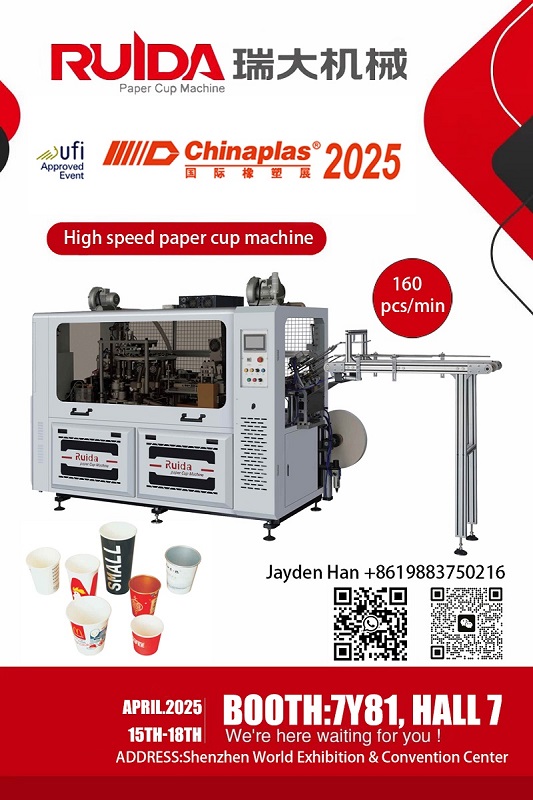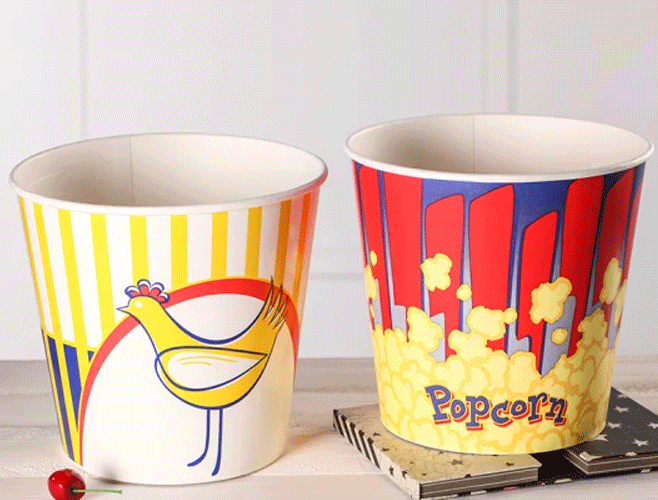

In recent years, paper bowls have surged in popularity as eco-conscious consumers and businesses seek alternatives to plastic. Yet, many are left wondering: Why do these seemingly simple products come with such a hefty price tag? The answer lies in a combination of raw material costs, production complexity, and environmental certifications—factors that also highlight the critical role of paper bowl machines in shaping the industry’s future.

Paper bowls are not made from ordinary paper. To meet food safety standards and durability requirements, manufacturers use high-quality, food-grade pulp—often sourced from sustainable forests or recycled materials. Additionally, many paper bowls are coated with biodegradable or compostable linings (e.g., PLA from cornstarch) to prevent leaks. These specialized materials cost 20–30% more than conventional plastics, driving up the final price.
Traditional paper bowl manufacturing involves multiple steps: molding, drying, coating, and quality checks. Each stage requires precision and manual oversight, especially for smaller manufacturers. Labor costs account for nearly 40% of the total production expense in some regions. Human error further contributes to material waste, compounding costs.
This is where paper bowl machines are revolutionizing the industry. These automated systems integrate molding, pressing, drying, and coating into a single streamlined process. Advanced models can produce 3,000–5,000 bowls per hour with minimal human intervention, slashing labor costs by up to 60%. They also optimize material usage, reducing waste by precisely controlling pulp distribution and coating thickness.
While the upfront investment in a paper bowl machine can exceed $50,000, manufacturers see long-term savings. For example, a factory in India reported a 35% reduction in per-unit costs after automating its production line.
Paper bowls must comply with strict food safety certifications (e.g., FDA, EU standards) and eco-labels (e.g., BPI compostable certification). Obtaining these approvals adds time and expense. Moreover, their lightweight yet bulky shape makes transportation inefficient compared to stackable plastic alternatives, raising logistics costs by 15–20%.
As demand grows, economies of scale and technological advancements in paper bowl machines are gradually lowering prices. Innovations like solar-powered drying modules and AI-driven quality control systems promise further cost reductions. However, widespread affordability hinges on increased adoption of automation and government subsidies for sustainable packaging.
While paper bowls remain costly today, the rise of efficient paper bowl machines offers a path toward competitive pricing—bridging the gap between environmental responsibility and economic practicality.
GET A QUOTE